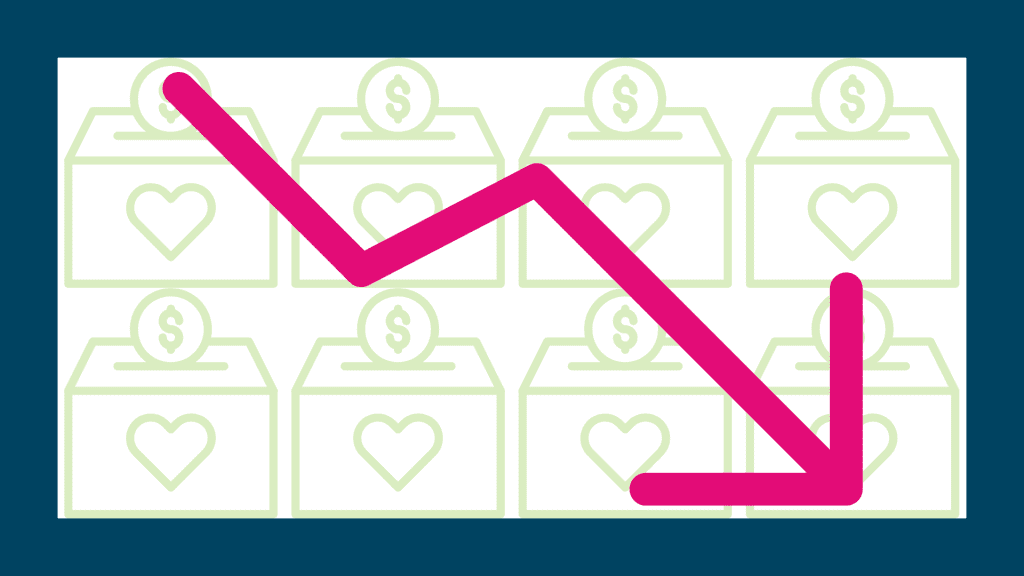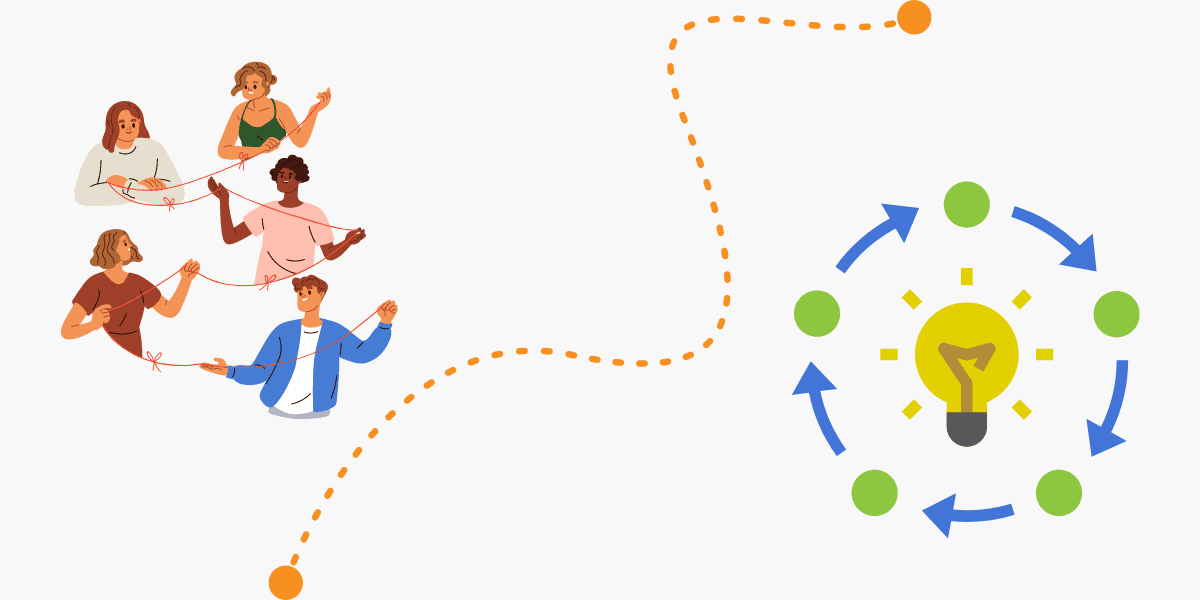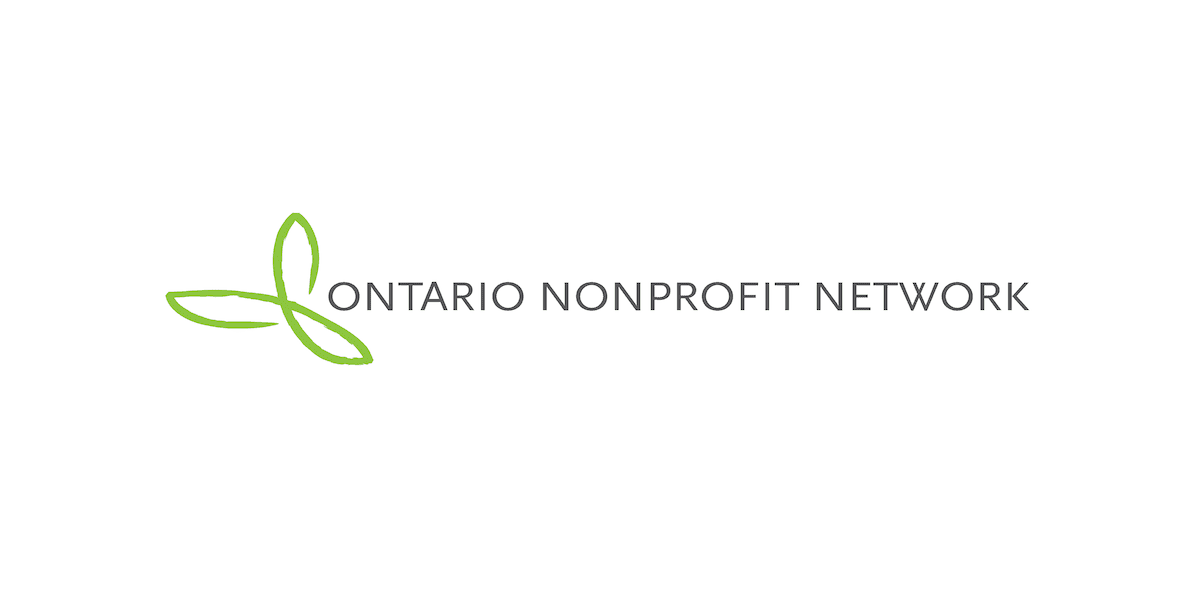
Blog
Charitable giving has reached a historic low in Canada – now what?
Charitable giving across Canada has fallen to a historical low, a downward trend that began twenty years ago but has accelerated given the COVID-19 pandemic which exacerbated an affordability crisis.
As a result, nonprofits are not only receiving fewer donations but are also supporting more Ontarians than ever before, putting additional pressure on their programs and services.
A persistent downward trend that began twenty years ago
Recent studies on charitable giving in Canada revealed that despite the time period studied, type of giving, measurement of giving, or jurisdiction, all studies pointed to a downward trend in charitable giving, with no signs of improvement.
National data:
- Canada Helps’ The Giving Report 2023 found that the overall percentage of people who donated to charities dropped to 28 per cent from 36 per cent between 2010 and 2022 amongst individual households.
- Imagine Canada’s 2022 Holiday Giving Survey, found that the average pre-holiday charitable donation in 2022 was $182, down 20 per cent from the average contribution of $221 during the same period in 2021.
- Fraser Institute’s 2022 Generosity in Canada Index tracked this downward trend over twenty years, ultimately finding that the percentage of Canadian tax filers who donated to charity fell to 19.1 per cent in 2020 from 25.5 per cent in 2000.
- The most recent survey data from the Charity Insights Canada Project [CICP] showed that as of May 10, 2023, decreases in all forms of revenue were reported by registered charities in Canada, with the steepest decreases seen in event-based fundraising (40% of responses) and individual contributions/donations (31% of responses). In their June 24, 2023 survey, 34% of charities reported decreased donor levels.
Provincial data:
- Statistics Canada’s Summary of Charitable Donors from 2017 to 2021, highlights that during the 2020 tax year, Ontario ranked number two when it came to the percentage of tax filer donating to charity (19 per cent) and only number four in terms of percentage of aggregate income donated to charity (0.6%), falling behind Manitoba, British Colunmbia and Alberta. The number of donors in Ontario also showed a consistent downward trend from 2018 to 2021.
- ONN’s 2022 sector survey found that two-thirds of nonprofits in Ontario identified inflation and decrease in donations as the most significant factors challenging their organizations.
This trend is not unique to Ontario or Canada. In the United States, similar trends have been observed where total charitable giving by corporations, foundations, individuals, and bequests dropped 10.5 percent in 2022 compared to 2021. The amount given by individuals also plummeted to a level not seen in the country since before 2016.
Why is there a downward trend for charitable giving?
Charitable giving in Canada saw rapid growth between 1995 and 2007 and then a sharp decline during the 2008 recession with giving fluctuating up and down but generally trending downwards. Only in 2014 did donations return to 2007 levels. The COVID-19 pandemic further exacerbated this downward trend. The soaring cost of living, re-evaluation of the role of work in people’s lives, and reimagination of “giving” and volunteering that followed the pandemic continue to take a significant toll on charitable giving in Canada.
During economic downturns, individuals typically make less income and have reduced wealth available, so they decrease their charitable giving accordingly. Corporate earnings are also expected to decline, which can impact stock prices negatively. As a result, foundations and organizations with endowment funds experience a drop in revenue, creating additional strain for nonprofits that rely on philanthropic dollars.
Since the early days of the pandemic, nonprofits in Canada have expressed that they were facing a triple threat: lost revenues due to the cancellation of fundraising events and drop-off in donation levels, unprecedented human resource challenges, and a significant increase in demand for services.
In a 2022 Ipsos poll, 22 per cent of Canadians reported plans to access some form of charitable services to make ends meet; an increase from 14 per cent just 10 months prior. This is consistent with ONN’s 2022 survey which showed that 74 per cent of organizations reported an increase in demand for services, a significant jump from 2021 (63 per cent) and 2020 (47 per cent). Economic uncertainty will continue to be a significant challenge facing nonprofits and the communities they serve.
Who is most impacted by this trend?
The following three micro-trends highlight who in particular is being impacted by the decline in charitable giving:
- The number of small donors is decreasing.
- Donations are increasingly concentrated among high income donors
- Giving is down primarily to smaller organizations pursuing less mainstream causes.
The decline in charitable giving among primarily small to mid-size donors to primarily small to medium size charities likely does reflect the increasing financial hardship that low and middle-income households are facing. Unsurprisingly, studies have found that individuals’ choices to donate are driven in part by their disposable income. While the decline in numbers and amounts of small donors is lower, this trend has been exacerbated by recent events with two-thirds of Canadian wage earners having not seen wage increases keep pace with the cost of living increases since 2020.
This moment requires collaborative efforts to help communities thrive
In the context of reduced charitable giving, inflation, and the increase in demand for services, nonprofits are once again pushed into a scenario where they must innovate. The pandemic showed us that nonprofits will do what it takes to serve their communities.
Reversing this trend, or combatting it in the moment requires many players to act. Governments at all levels can play a role in incentivizing and promoting giving; corporations can increase support and seek additional volunteer opportunities for staff; and private funders like foundations can increase their giving of unrestricted funds, and to non-qualified donees.
As well, here are some of the ways nonprofits can consider diversifying revenue sources:
Social finance – Social finance can help organizations access new capital to grow their social enterprises. It can help “grow the pie” of nonprofits’ funding/revenue by providing new pools of money for nonprofits on top of existing government grants, foundation grants, and donations, which is particularly crucial in the current economic climate.
Fee for service – Nonprofits can start a fee-for-service program whereby nonprofits charge fees for services delivered. There are different fee-for-service models, pricing strategies, and risk management practices that can be explored based on your organization’s unique offerings.
Take advantage of free tools – Smaller organizations without a technology budget can lean on free tools to help them fundraise, like Canva to design graphics and videos, QR codes to optimize direct mail efforts, and AI generators to automate fundraising content creation, to name a few.
Prioritize capacity-building – Change is constant; whether that’s in real life or online. Stay up to date on fundraising, digital engagement, Google algorithms, volunteerism, and more by taking advantage of webinars, online resources, conferences, and knowledge sharing amongst nonprofits in your subsector or region.
Across the province, communities are relying more and more on nonprofits to deliver services that span from the arts to food, health to sports, music to education, and more. Charitable giving may be going down, but this is an opportunity for nonprofits to explore new revenue streams and engage new audiences to support their missions. It’s time to think outside the donation box, and help our organizations, and the communities we serve thrive.






